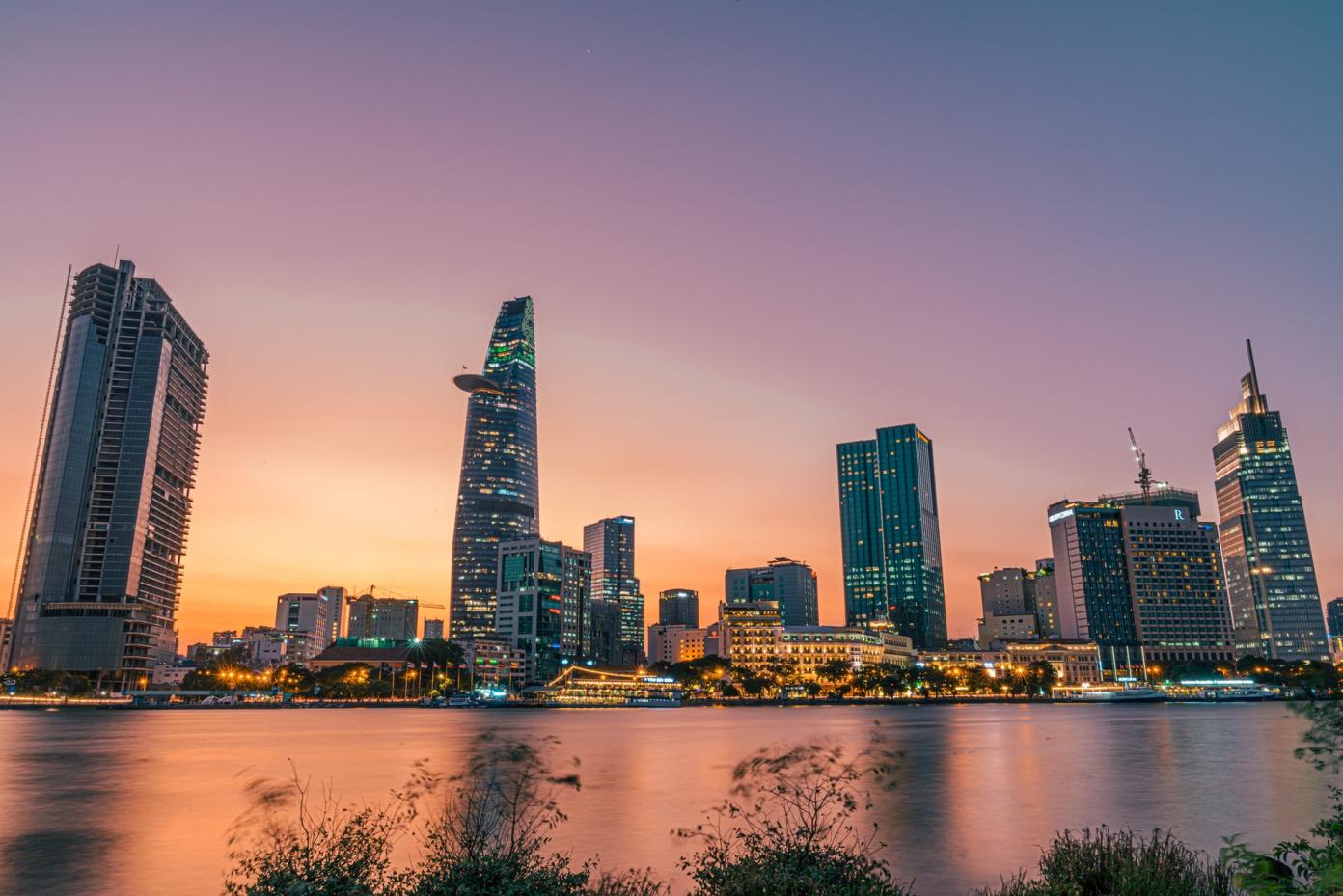The future of community in urban and rural areas
Coming together, miles apart
November 15, 2021

By the year 2050, 66 percent of the world’s population is projected to live in urban areas. The relationship between rural and urban needs to be reset.
As incredible as it sounds, by the year 2050, 66 percent of the world’s population is projected to live in urban areas. Moreover, 90 percent of this shift will occur in least developed countries (LDCs) in East Asia, South Asia and sub-Saharan Africa. The pace of such change, combined with constrained capacities and resources, will make development challenges even more intense.
Cities produce more than 80 percent of global GDP – yet they are also responsible for more than 70 percent of all greenhouse gas emissions. At the same time, 80 percent of people who face extreme poverty around the world live in rural areas. Many are witnessing severe depletion and degradation of natural resources, contributing to climate change and enabling the spread of infectious disease, such as COVID-19. In these challenging times, the relationship between rural and urban, particularly in the LDCs, needs to be reset, and we must harness the power of innovation while recognizing the interconnectedness of our global community.
The inextricable urban-rural link
The changing nature of communities is at the frontier of development – a set of complex social, economic, environmental and cultural systems that evolve unevenly in various parts of the world, exacerbating inequalities and increasing the urban-rural divide. UNDP recognizes the importance of treating these areas as one entity when developing plans, policies and strategies for their well-being.
At the same time, UNDP acknowledges the importance of realizing that every community is different, thus focusing on a clear understanding of their unique needs, as outlined in our Strategic Plan 2022-2025. In Paraguay, the project “Asunción green cities of the Americas” has been a game changer for climate action. The project focused on integrated urban planning with both mitigation and adaptation components – from sustainable mobility to flood prevention to biodiversity conservation.
According to UNDP’s Sustainable Urbanization Strategy, inclusive development can be achieved by taking into account that “in many developing countries, the links between peri-urban and urban areas are important, where local landholders participate in subsistence activities but try to utilize proximity to markets and services”.
Inclusive rural development is not only possible through migration to large urban areas, but also by developing the rural economy. In this context, the World Social Report 2021 by UN DESA calls for a reconsideration of rural development, aimed at ending the rural-urban divide and better protecting the health of the planet. It calls for renewed attention to in-situ urbanization as a model of rural development. In-situ urbanization of rural areas is a location-based structural transformation that not only helps eradicate rural poverty, but also alleviates some urban development issues by reducing incentives for rural dwellers to migrate to urban areas. According to the report, the time has come to pay more attention to the idea of in-situ urbanization. This would require a decisive change in the direction of national development planning. Rural development should not be treated as an appendix to urban development, but pushed to the center of global sustainable development efforts.
The dual impact of COVID-19 and innovation
The impact of the COVID-19 pandemic on both rural and urban communities has been unprecedented. Increased levels of youth homelessness, more informal settlements, overwhelmed cities, marginalization and more internally displaced families are just some of the consequences. In order to ensure that the world comes closer together to solve this issue and close the gap between urban and rural areas, UNDP encourages and supports an information-exchange and sharing of lessons learned amongst key stakeholders in overcoming the crisis with the aim of enhancing post-crisis recovery.
COVID-19 has demonstrated the power of community innovation. Both rural and urban, indigenous and vulnerable populations have shown their resilience in responding to the effects of the pandemic and supporting each other. UNDP engages in supporting rural and urban communities to achieve common prosperity by focusing on strengthening responses to poverty in the context of rural–urban transitions, underlining the importance of digital connectivity for rural development.
Part of UNDP's COVID-19 global response includes supporting governments in developing and implementing inclusive economic stimulus packages to restore livelihoods. In Moldova, UNDP supported local and regional authorities to advance rural and urban development by applying a three-pronged approach: upgrading public infrastructure and services while stimulating economic growth and capitalizing on human capital for development. Anchored into the local priorities and needs, UNDP’s interventions were conducive to increased quality of infrastructure and social services for approximately 300,000 people.
The UN Department of Economic and Social Affairs (UN DESA), tapping into its analytical and capacity building expertise and working through its Project Office on Governance, is also developing a series of handbooks on “Innovative Local Governance for SDG Implementation” to enhance the capacity of local government officials and other relevant stakeholders on key themes and policy issues in innovating local governance for SDG implementation.
Coming together and looking forward
In line with the United Nations Secretary-General’s efforts to enhance global preparedness for future challenges and crises, UN DESA and UNDP are hosting a six-part Global Policy Dialogue Series, to share insights and analysis on reducing risks and making our future systems more resilient.
Last month, UNDP and UN DESA partnered with the Boao Forum for Asia for a conversation on the “Future of Community,” where thought leaders considered how to best narrow the rural and urban divide and connect their future for the decades ahead. Addressing the future of community in urban and rural settings will take everyone’s collective effort.
You can learn more about the Future of Community event and the Future of the World Series here, and watch a recording of the live event here.

 Locations
Locations
